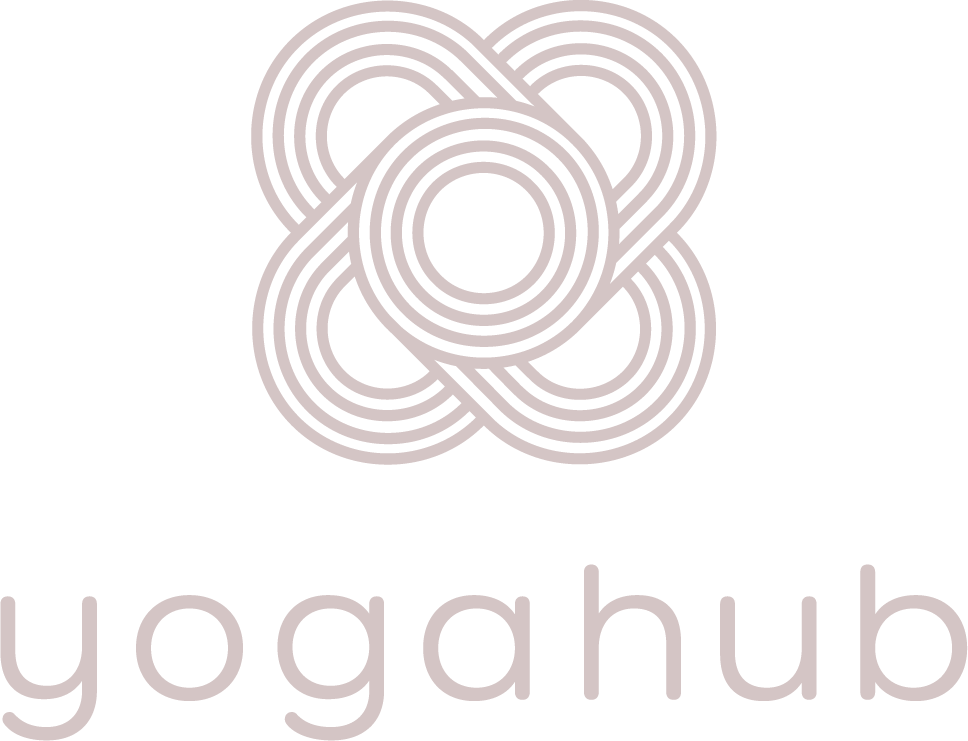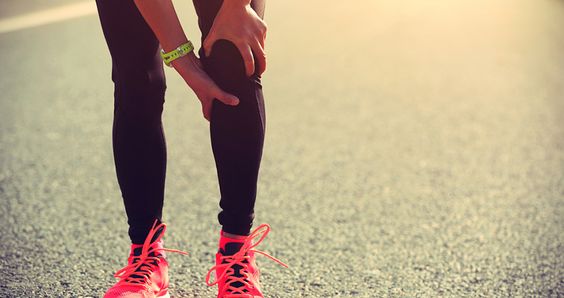Author: Paddy O’Rourke
“If you don’t think you were born to run then you are denying history. You are denying who you are” is probably the most repeated quote from Christopher McDougall’s “Born to Run”. There’s no doubt we should all participate in some form of running on a weekly basis. It alleviates stress, battles signs of depression, reduces the risk of cancer and enhances mental clarity and focus among many many other benefits.
Running is many peoples escape but 37-56% of recreational runners who steadily train long-distance running will experience a running related injury each year with most injuries involving the knee. New research is making it clearer that its not the running that’s the problem, its HOW we run. Modern day life has altered our body mechanics and most of use lead a sedentary lifestyle which is creeping back up to bite us as we try to become more active. The following 3 areas are often over looked when treating knee pain caused by running.
- Tight hip flexors / quads
From the age of 4 we are put in a seated position at a desk for 6+ hours every day. This continues into our teenage years and most of us continue to university to take part in more sitting activities until we finally get that office job we always wanted. Not to mention all the sit down meals we have, all the travel we do, all the computer games we play and TV we watch. Over time our hip flexors get tight causing the pelvis to tilt forward. Our tight quad muscles pull on the knee cap which will rub off the patella tendon when we bend and straighten the knee.
A yoga stretch such as the low lunge, camel pose and the twisted monkey should be performed after every hour of sitting to prevent the hip flexors and quad muscles becoming problematic. Standing desks are becoming popular in a lot of office buildings along with designated stretching areas. It wont be long before stretching and mobility work will be mandatory in every office building.
- Weak Gluteal Muscles
We don’t have much activity in our every day life that asks our gluts to fire and function to their maximum capacity and like any unused muscle, it begins to switch off. The gluteal muscles stabilize the pelvis among other functions and if they become weak the stabilization task is handed over to the outer thigh muscles (ITB and Vastus Lateralis). This increase in tension puts a lateral pull on the knee cap causing it to rub off the tendon when we bend and straighten the knee causing anterior knee pain on ‘Runners Knee’. Studies also link glut weakness to Achilles tendinitis, shin splints, ITB syndrome and hamstring injuries.
We should spend 15-20 minutes twice a week isolating the gluteal muscles. There are multiple ways to strengthen the gluts but the following exercises have been proven to be the best for maximum activation:
The glut bridge. (If one leg is too difficult use both legs for the first few weeks)
https://www.youtube.com/watch?v=nrLo5QCCfCc
Side lying leg lift
https://www.youtube.com/watch?v=jgh6sGwtTwk&spfreload=10
Crab walking sideways
https://www.youtube.com/watch?v=YwDTthfbGrA
- Heel Strike Running
For thousands of years, humans have run landing on the forefoot and it is only in recent years that we have started wearing high tech running shoes with lovely cushioned heels. And these cushioned soles make it too tempting to resist landing on the heel with every step. But this forces us to land on a fully extended knee and the breaking force through the knee, that can be 6 times our body weight, puts the front of the knee joint under a lot of pressure. Forefoot running encourages knee flexion on landing which actually strengthens the knee. It has also been proved to decrease pronation, improve ankle stability and decrease shin splint and Achilles tendonitis pain.
The type of footwear when forefoot running is also important. A study by Perl et al. (2012) discovered that barefoot and pure minimalist shod runners were more economical on knee kinematics than heel strike and forefoot runners who wore a cushioned trainer. Making the shift from heel strike running to forefoot running is more challenging than it sounds. Make sure to consult with a running coach or physiotherapist during this transition period.
Having over 7 years’ experience as a physiotherapist dealing with many running injuries, I have found tight hip flexors and weak gluts in the majority of my patients. It may take 6-8 weeks of consistent glut exercises to get the necessary changes and some patients require Dry Needling and deep soft tissue massage to release tight muscles before getting maximum benefit from stretching. Consult your physiotherapist if your knee pain persists or if you feel you need further advice or treatment.
Paddy is a chartered physiotherapist working with Z10 Physiotherapy (www.z10physiotherapy.com) at Bath Avenue Medical Centre (www.bathavenuemedicalcentre.ie)



